
CV templates

Create an application with professional CV templates
Simply select one of our modern CV templates and start the download. Each template provides you or your client with a clear, appealing structure for all important information - from qualifications to professional experience. Many satisfied customers have used our templates and know how crucial first impressions are. Our CV designs are your key to the interview. Download resume templates for Word, InDesign and Affinity Publisher as well as Google Docs.
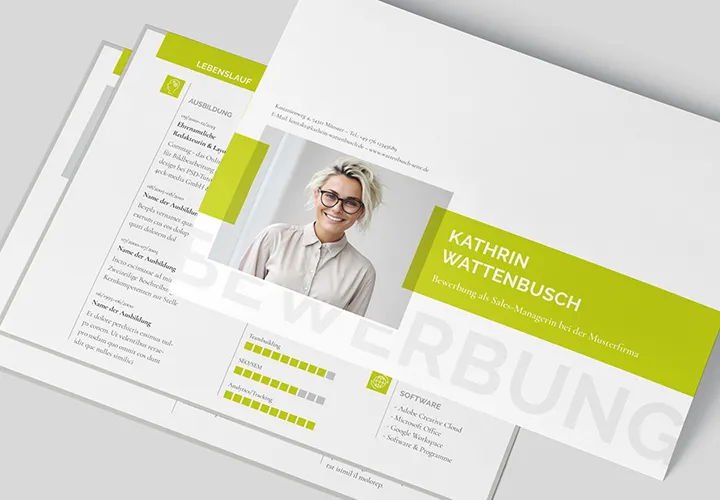
Reads well on screens
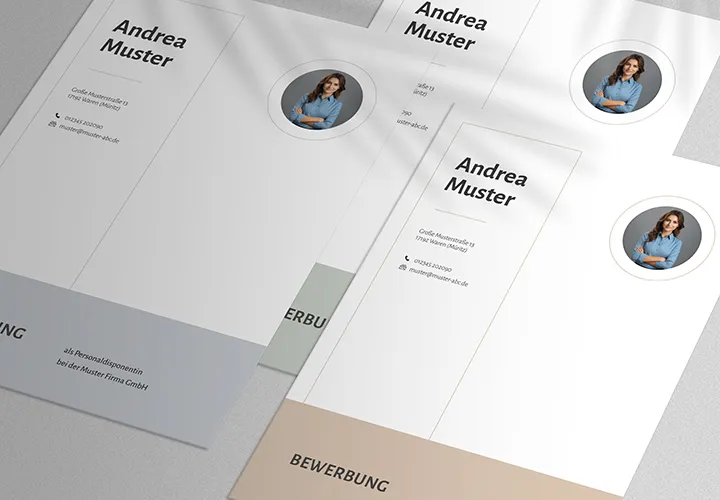
For Word, InDesign and Affinity Publisher
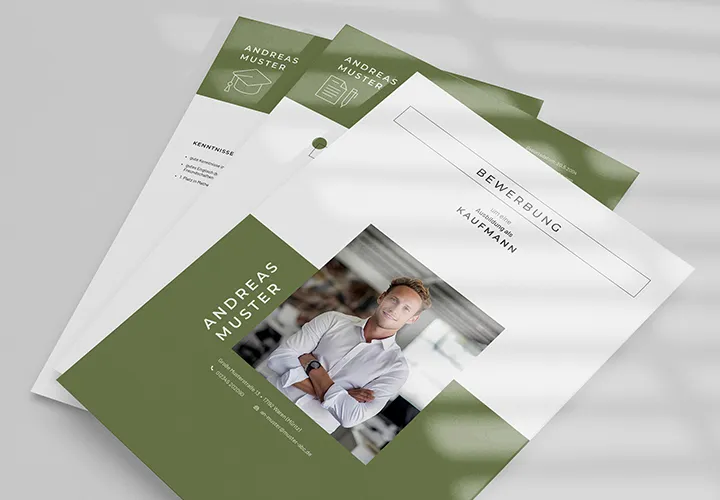
Everything is already prepared!
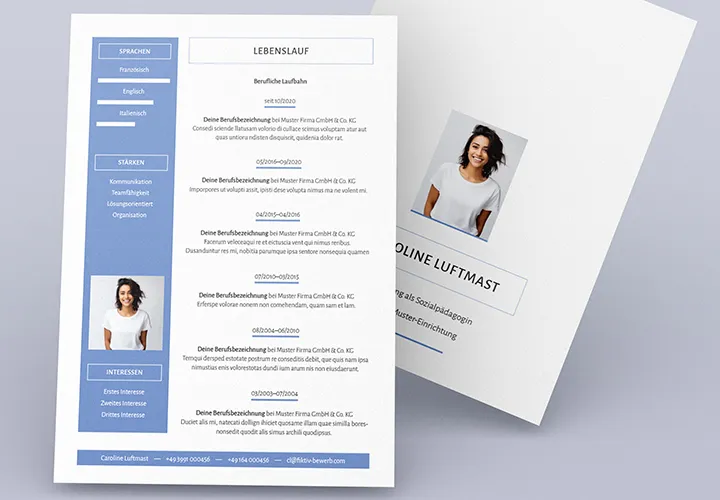
With cover sheet, CV, cover letter page
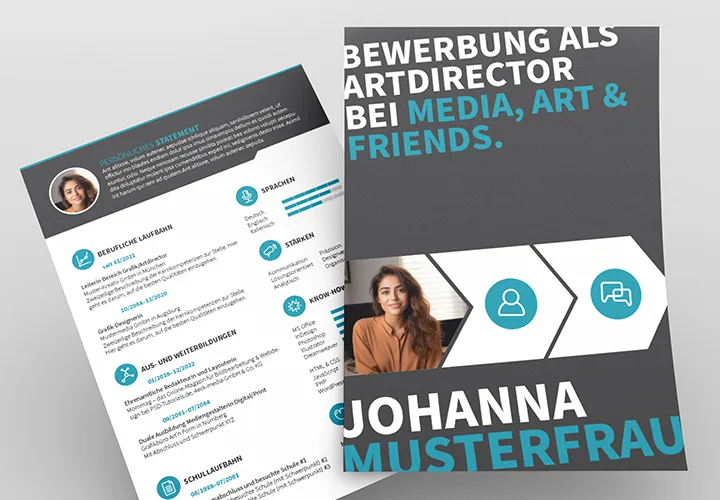
The shortcut to the finished application!
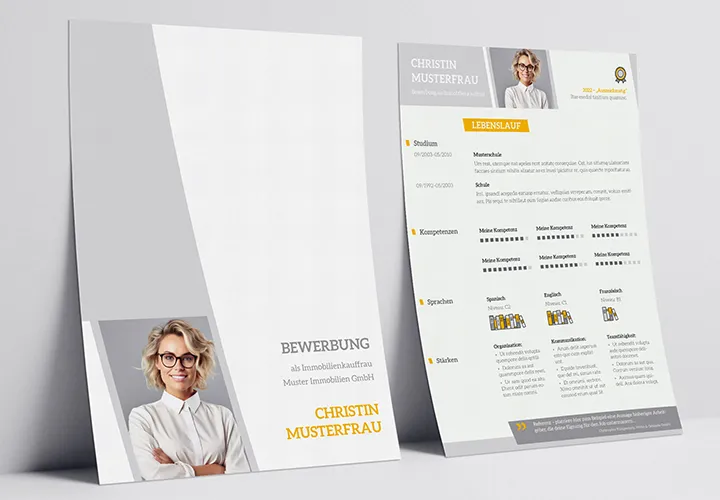
The foundation for your application
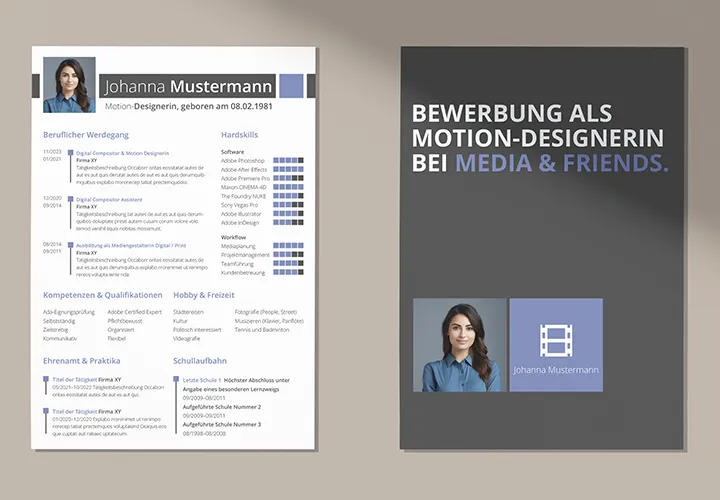
Download. Customize. Send out.
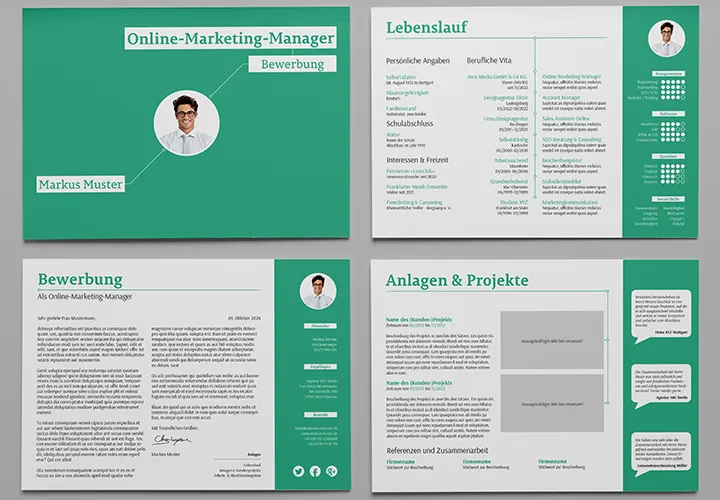
Simply edit and send
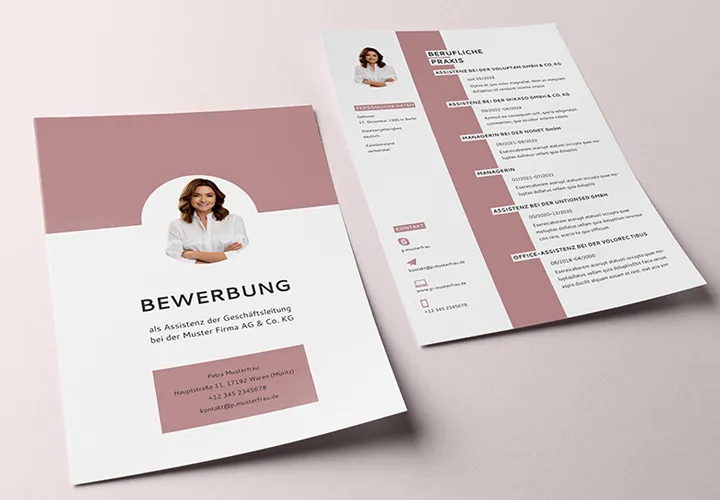
Simply download and customize
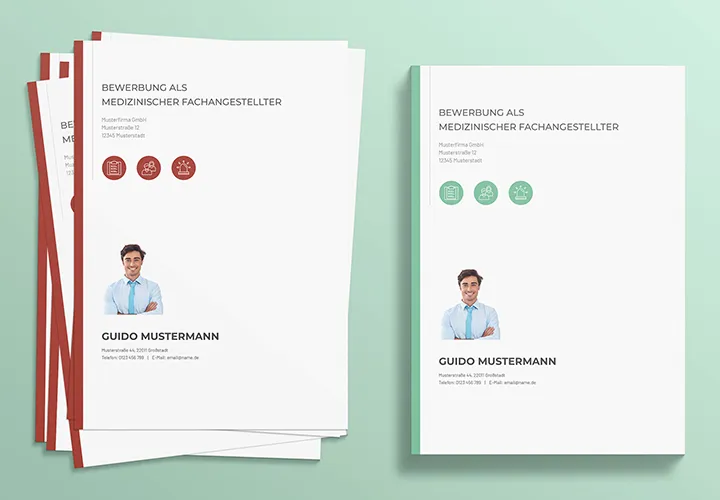
Show your best design side!
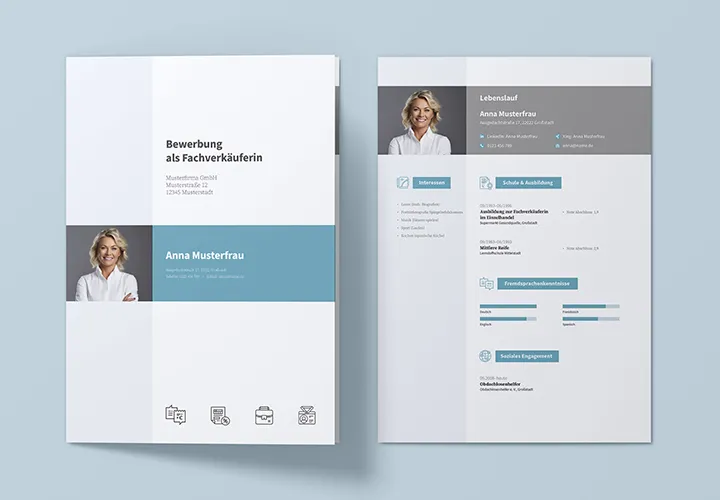
Get the job!
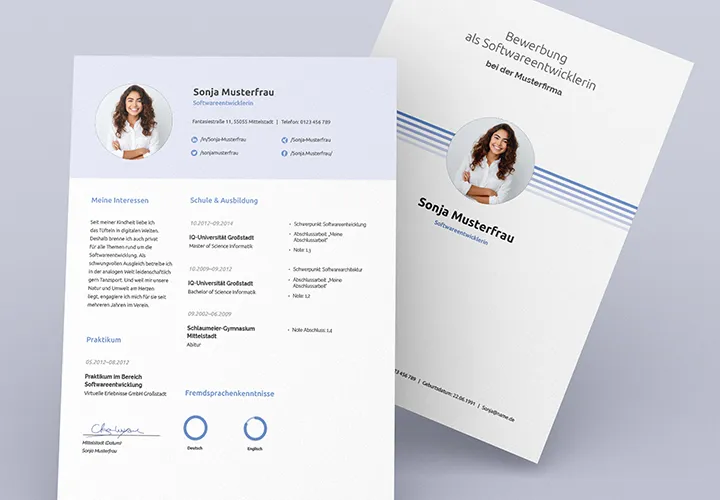
Fully developed for your content
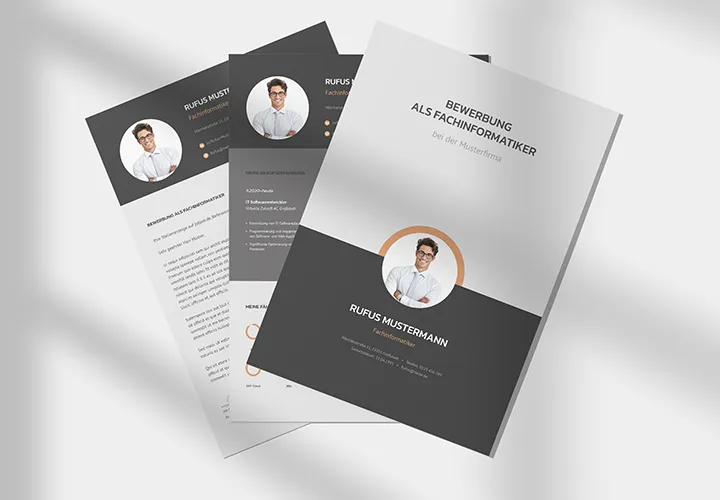
The easy way to apply!
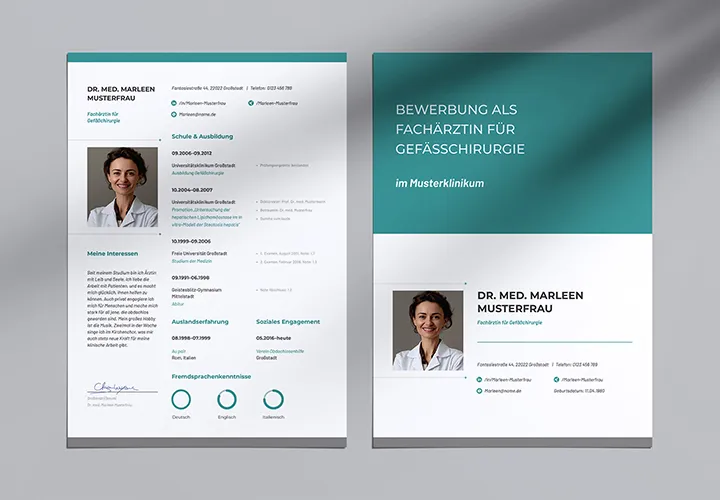
Lively design and extremely effective
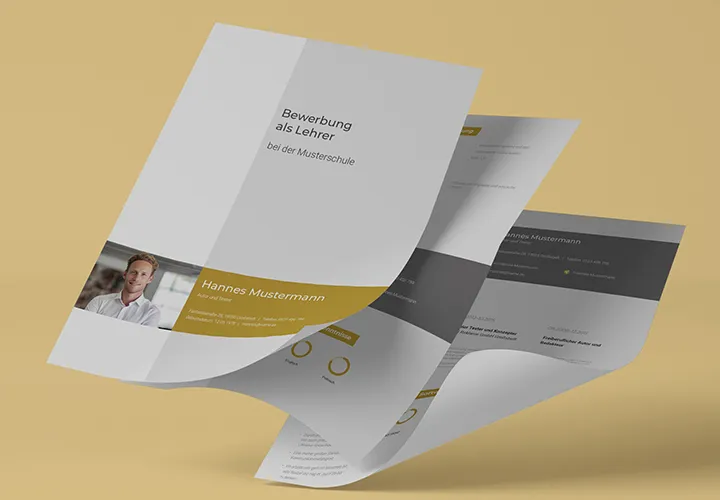
With cover sheet, cover letter page, CV
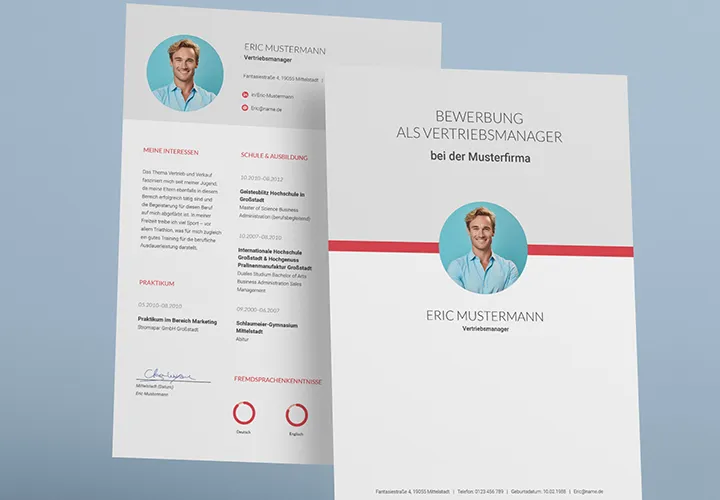
With design to the job!
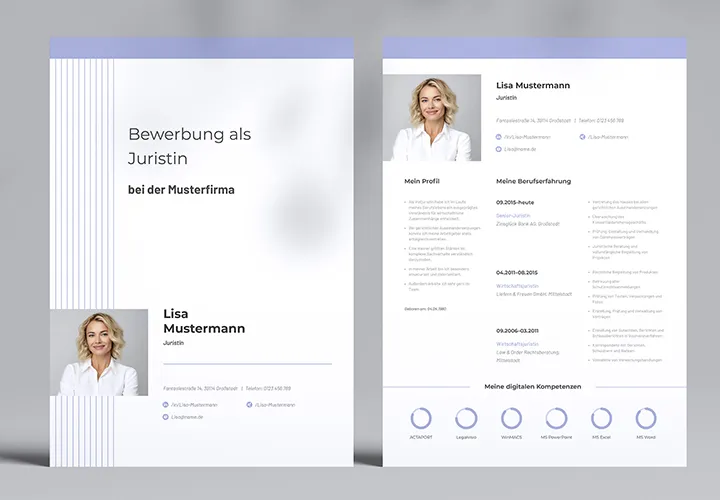
Simply customize and send
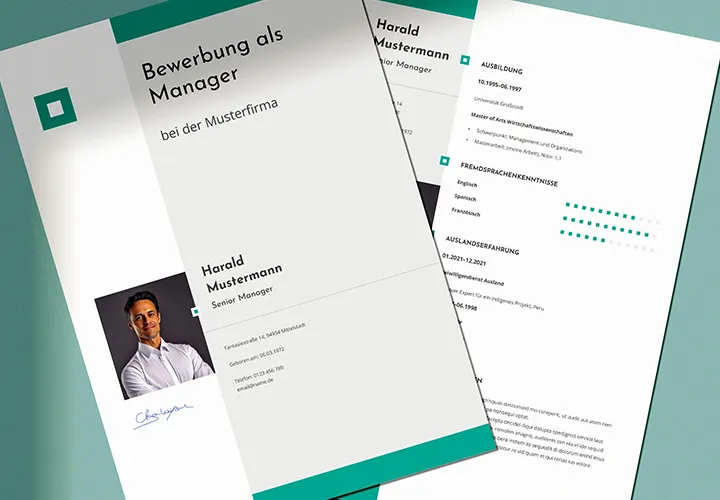
A convincing appearance!
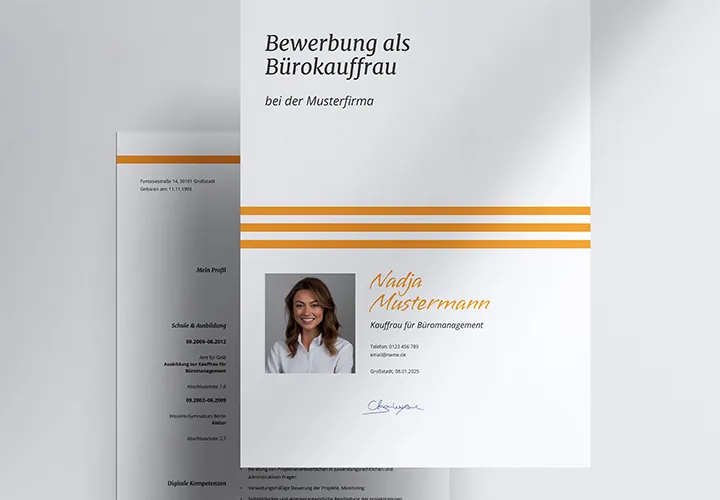
In 5 prepared color variants
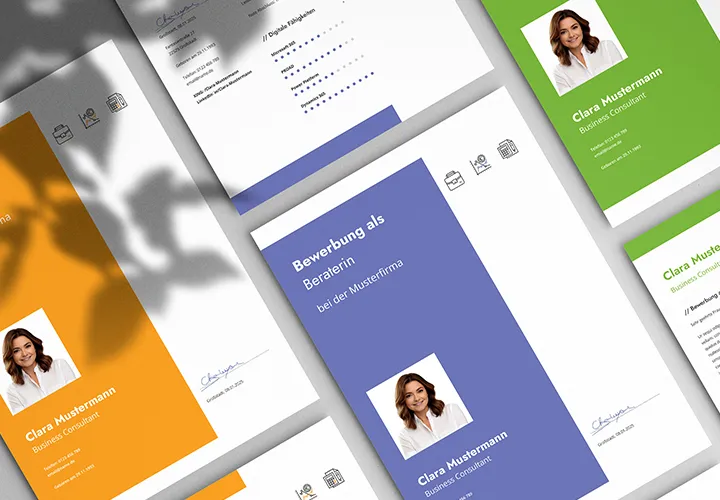
Applying made easy!
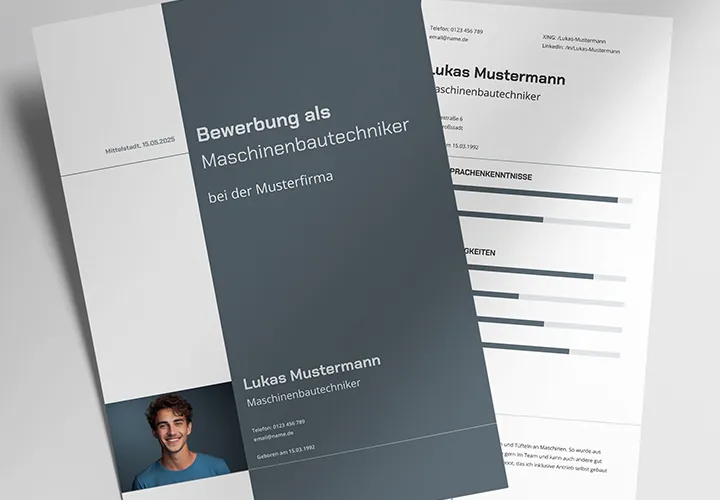
And your application is running smoothly
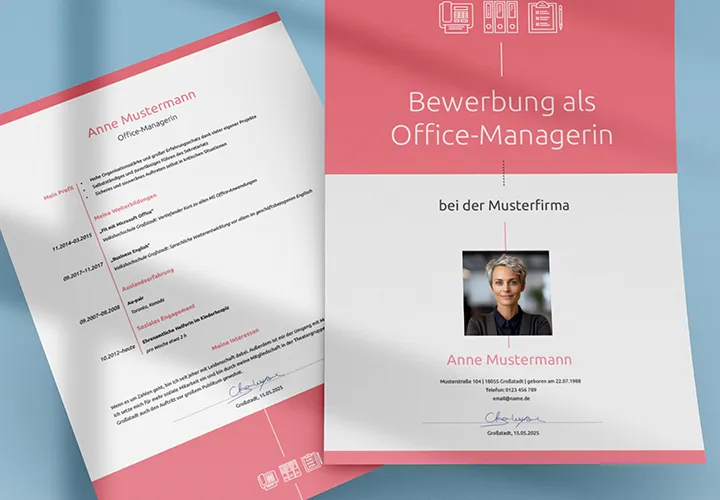
Get to work!
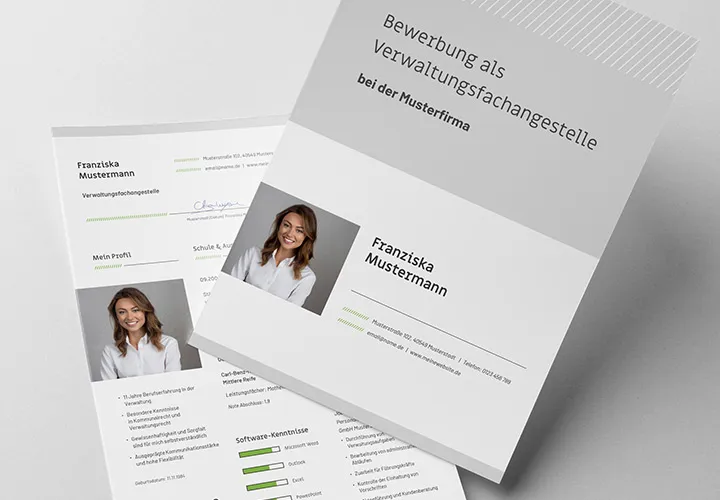
Grab your job!
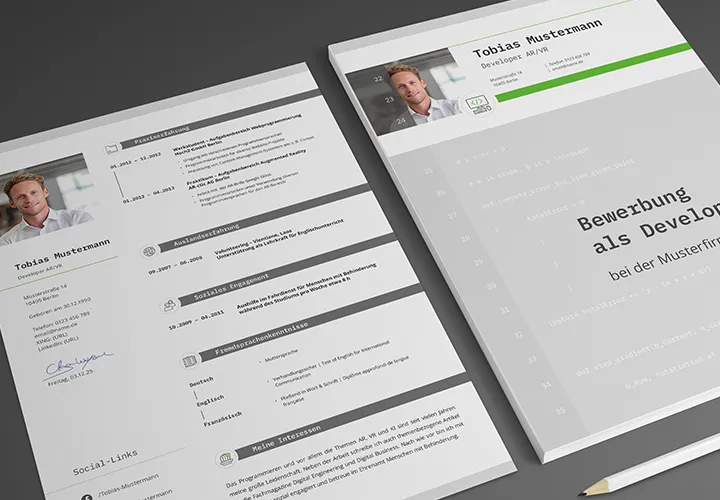
All prepared in 5 color variants

Impress with pure elegance

Five color variants plus 25 icons!
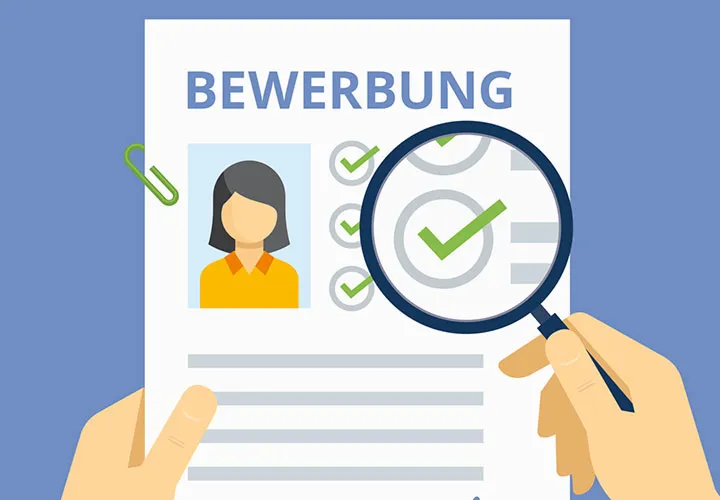
How to write your letter of application
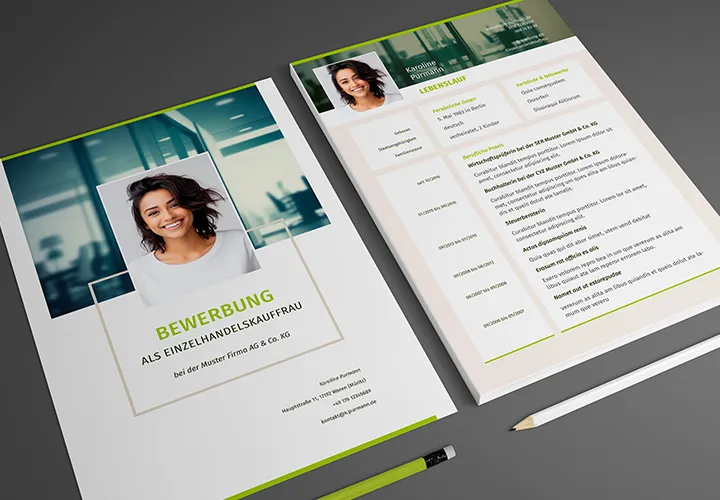
In five color variants
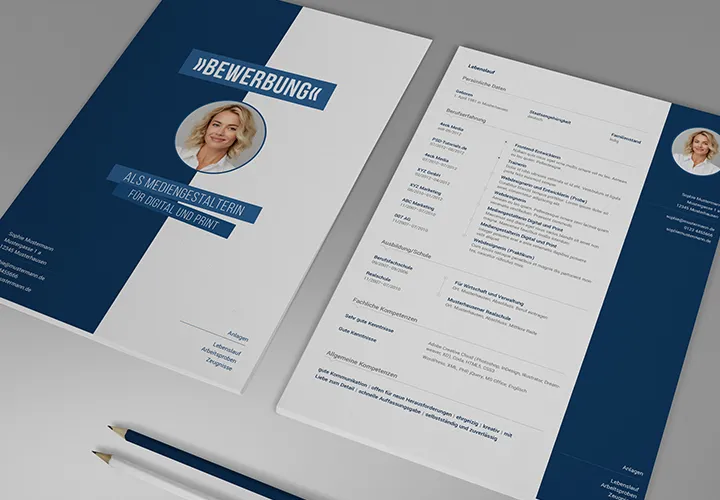
In 5 color variants, plus 25 icons
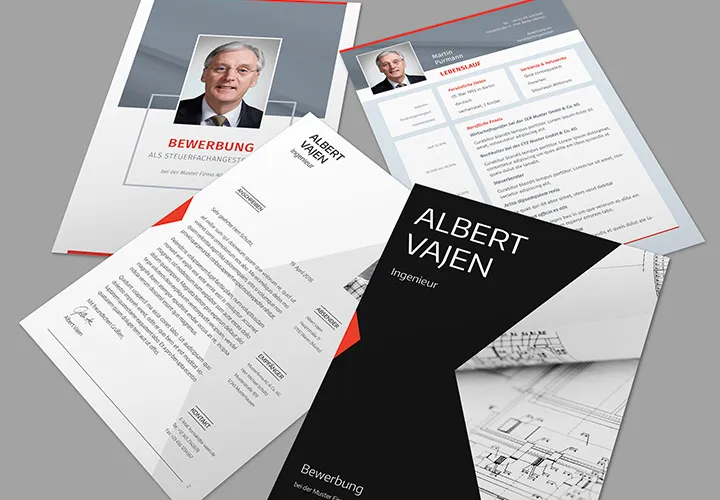
Perfectly staged for your success!
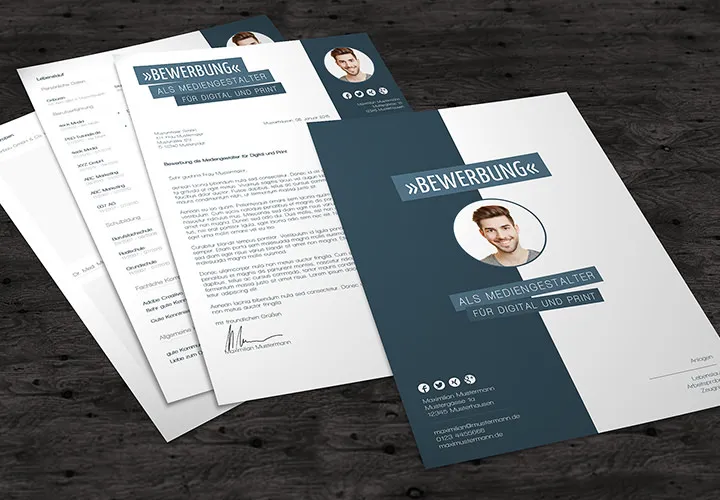
Perfectly staged for your success!
Modern CV templates for your profession
Edit our templates in Word, InDesign and Affinity Publisher
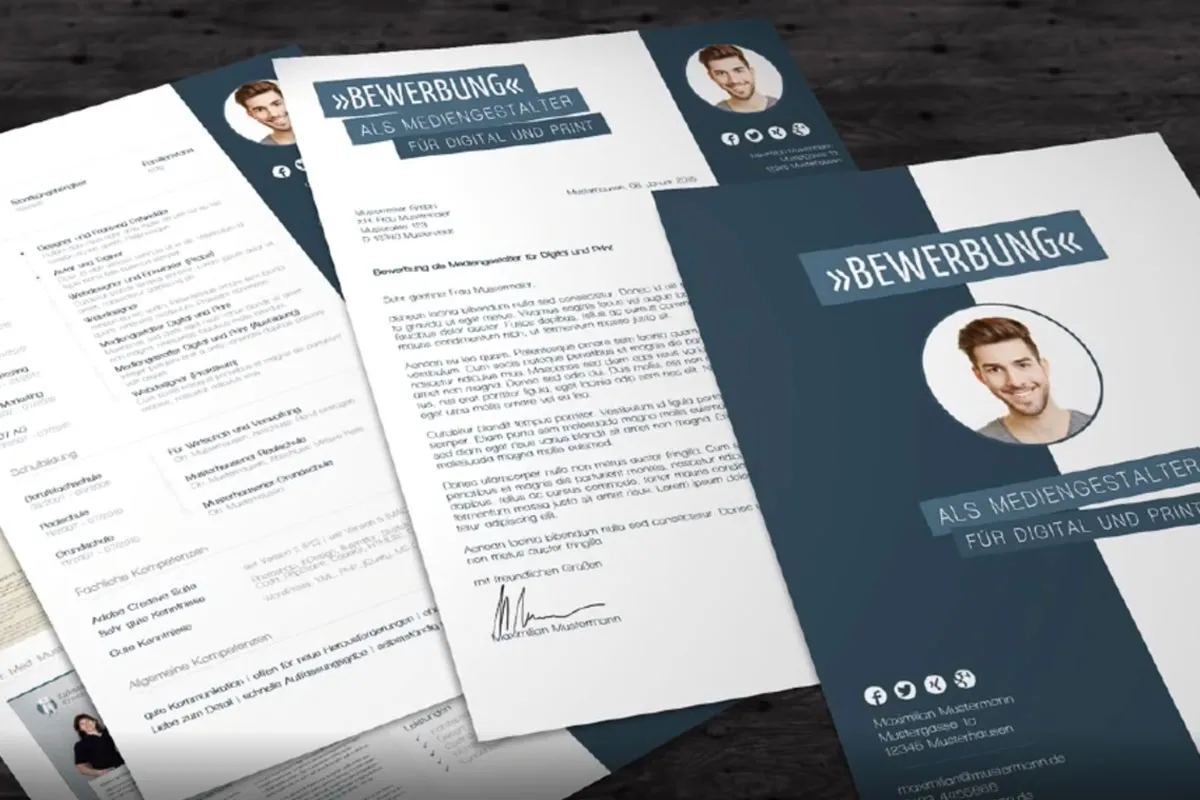
Perfection in your CV, success in your job
Why a CV is important
The CV is your visualized resume in the world of work. It shows your professional career and your skills and makes it clear at a glance why you are the right candidate for an open position. Find out here why a well-structured CV is crucial:
First impression
The CV is often the first thing recruiters see when they review your application. In just a few moments, they decide whether they want to know more about you. A clear CV can open the door to an interview.
Quick selection
Many candidates apply for one position. A clear CV allows recruiters to get a quick overview and make a shortlist.
Importance for the application
Studies show that the CV is the most important element of an application. With a weighting of 68 percent, it ranks above the letter of motivation and certificates. This shows how important it is to pay special attention to it and only accept the highest quality for yourself.
Conciseness and clarity
On average, recruiters only look at a CV for 43 seconds. It is therefore important that the CV has a clear structure and contains concise information about your educational and professional background.
Format and presentation
In addition to the content, the format and layout of the CV are also important. A neatly designed and error-free CV makes a positive first impression.
First work sample
A good CV not only serves as an advertising tool for you, but also as your first work sample. It shows how you can structure and present information.
Download a free CV example in Word, InDesign and PDF
Below you can download free CV examples in three popular formats.
The correct structure of a CV
Heading and personal details
Start your CV with a clear and concise heading that includes your full name and the term "CV". This serves as an initial orientation for the reader. Your personal details follow directly below: Name, address, telephone number and e-mail address. This information allows the employer to contact you quickly. Bear in mind that this information should be clear and easy to find.
Work experience
List your work experience in reverse chronological order, starting with your current or most recent position. For each position, indicate the time period (month and year), the position and the employer. Briefly describe your main tasks and achievements. This section shows your practical experience and is particularly important if you already have relevant work experience.
Educational background
Your educational background is also presented in reverse chronological order. Start with the highest qualification. In addition to the dates of your education (month and year), you should indicate the type of degree, the institution and the location. If relevant, add important specializations or the final grade. This section emphasizes your academic qualifications and special knowledge.
Knowledge and skills
In this section of your CV, you can highlight specific skills and knowledge that qualify you for the position you are applying for. This includes language skills, IT and software skills and other relevant competencies. It is helpful to indicate the level of your skills to allow the employer to better assess your competencies.
By clearly structuring these sections, your CV will not only be clear but also targeted to the needs of potential employers.
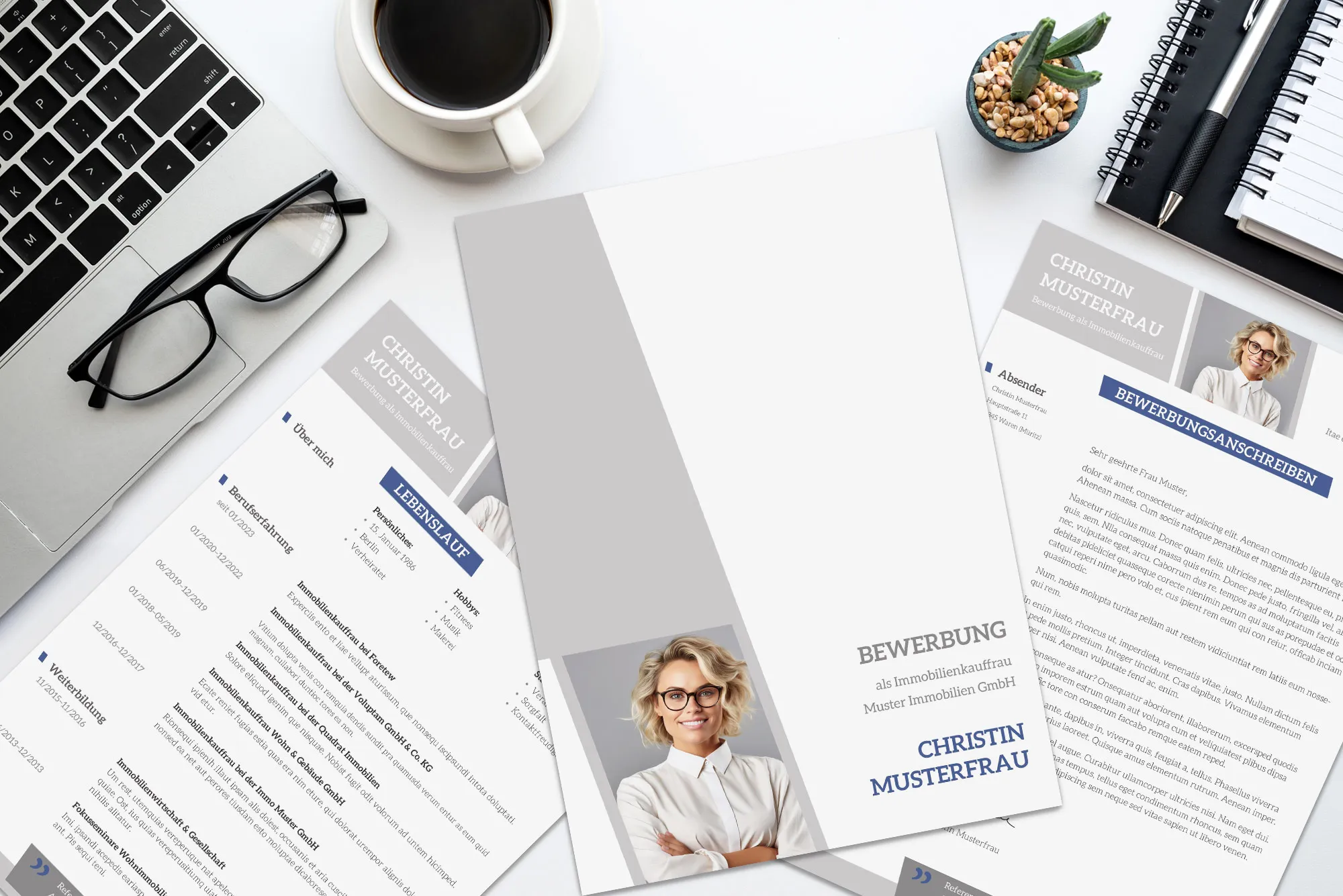
CV templates: Which one suits you?
Tabular CV
The tabular CV is the standard and offers a clear, concise structure. Here, your professional and academic stages are listed in reverse chronological order, starting with your most recent experience. This type of CV is particularly effective for presenting your qualifications and experience at a glance. It should be no more than two pages long and make the most important information quickly accessible. Use our professional templates to create an appealing tabular CV without much effort.
Modern CV
A modern CV is characterized by a creative and appealing design. It can include graphic elements such as diagrams, icons and an appealing color scheme that underline your personality and professionalism. This type of CV is particularly suitable for industries that value creativity and innovation. Choose from a variety of templates that you can customize to your liking to make your resume stand out. Make sure that the design does not distract from your qualifications, but supports them.
Detailed CV
The detailed CV is a more detailed form that is often written in essay form. This type is particularly suitable for applications where your personality and motivation are in the foreground, such as for scholarships or positions in the public sector. In this format, you can go into detail about your professional career and your motivations. Tell your professional story, reflect on decisions and show how you qualify for the position you are applying for. Make sure to keep the CV structured and clear to ensure readability.
By choosing the right resume template, you can ensure that your resume is tailored to the requirements of the position and the employer's expectations. Use the resources and templates available to make your CV effective and increase your chances of a successful application.
Avoid common mistakes
Gaps in your CV
Avoid leaving gaps in your CV unexplained. Periods without professional activity, training or further education can raise questions. Be honest and proactive in presenting these periods. Explain the reasons clearly, be it further training, personal circumstances or a career change. This shows your commitment and transparency.
Unnecessary information
Don't overload your CV with irrelevant details. Personal details such as marital status or number of children are often not necessary and may even violate discrimination guidelines. Focus on information that is relevant to the position you are applying for. Also, avoid listing all past internships, especially if they are not directly relevant. Instead, choose which experiences and skills you want to highlight.
Poor formatting
Consistent and professional formatting is crucial to making a good first impression. An inconsistent layout can be interpreted as a lack of care. Use a clear, uncluttered design and stick to professional standards. Make sure that your CV does not exceed two pages and that the most important information is quickly recognizable. Avoid stating periods only in years, as this can conceal gaps. Instead, include the month and year for clarity.
Additional elements that can make your CV stand out
To make your CV stand out from others, you can include additional elements that emphasize your suitability for the position you are applying for. These include hobbies and interests, voluntary work, certificates and further training. These components add value to your CV and can have a positive influence on the recruiter's decision.
Hobbies and interests
Hobbies and interests give an insight into your personality and can show that you lead a balanced life. This can increase your job prospects, especially for career starters and career changers. Choose hobbies that demonstrate team spirit, physical fitness or social commitment, as these qualities are valued in the world of work. However, be careful not to list more than four hobbies in order to maintain a professional framework.
Volunteer work
Volunteering shows that you are responsible and committed to the community. This can be particularly advantageous if the commitment is directly related to the position you are applying for. Specify the time period, the institution and a brief description of your activities. This highlights your social skills and can be a decisive factor in your selection for an interview.
Certificates and further training
Certificates and further training are proof of your willingness to continuously develop yourself. They show that you have specific knowledge that is relevant to the job. Especially in a fast-paced work environment, up-to-date certificates and courses can add value to your CV. However, only select those that are directly related to the job and avoid a long list to keep the focus on the essentials.
By carefully selecting and presenting these additional elements, you can personalize your CV and increase your chances of a successful application. Mention relevant activities that positively highlight your skills and personality and make sure they match the requirements of the job.
Conclusions about CVs and CV templates
In conclusion, we want to emphasize once again how important a well-structured and up-to-date CV is for your job search. Attention to detail - from choosing the right format to carefully describing your experience and achievements - will open the door to successful employment. Taking the time to create a thoughtful resume highlights your professionalism and willingness to be part of a team.
Choosing the right resume template, avoiding common mistakes and focusing on up-to-date information will help you stand out from other applicants. Guidelines for using keywords and adding additional elements such as hobbies and certifications will make your resume even more appealing. The effort you put in will help solidify your position as an ideal candidate and open up new career opportunities for you.
Show what you can do - with your CV
The structure of the CV
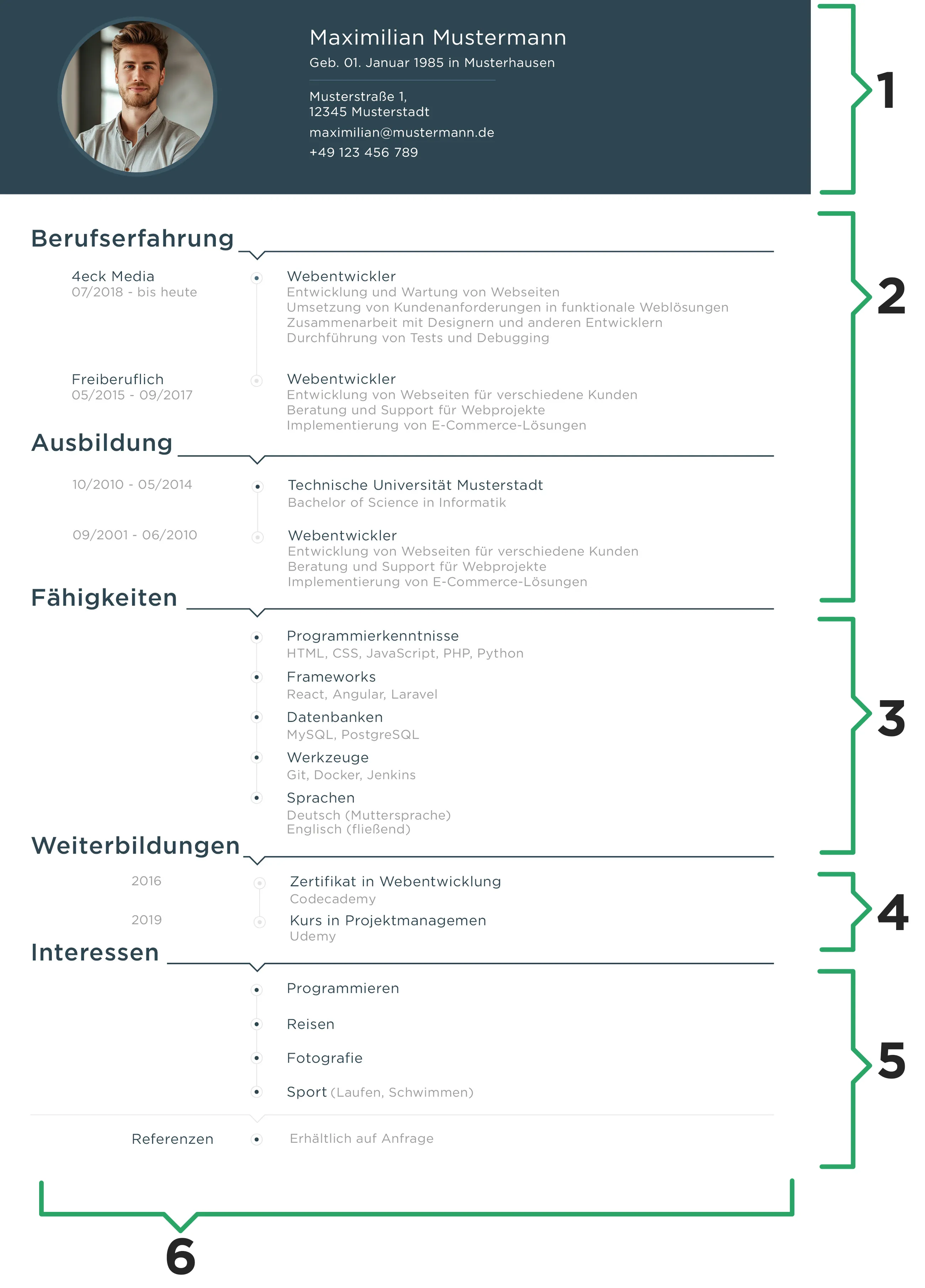
1. personal details
- Your name
- Contact information (address, telephone number, e-mail address)
- Date and place of birth
- Nationality (optional)
2. professional experience and training
- Chronological list of previous work experience (starting with current or most recent position held)
- Training courses, degrees and certificates (including school education, higher education and further vocational training)
3. knowledge and skills
- Language skills (including language level)
- IT skills (software, operating systems, programming languages, etc.)
- Technical skills (e.g. project management, customer service, sales, etc.)
4. further training
- Further education, training or certificates not mentioned in the education or work experience section
5. interests and hobbies
- Personal interests and hobbies that match the applicant's personality and possibly emphasize their ability to work in a team, creativity or other relevant characteristics
6. check at the end
- Proofread the entire CV for spelling and grammatical errors as well as for completeness and coherence of information
- Check formatting and ensure that the CV is clear and well-structured
- No more than two pages
What to write:
- Relevant information that informs the potential employer about the applicant's professional qualifications, skills and experience
- Precise and well-formulated sentences that are easy to read and understand
- Up-to-date contact information so the employer can reach the applicant
What not to write:
- Personal information such as marital status, religion or political views (unless relevant to the position)
- Irrelevant or excessive information that could unnecessarily inflate the CV and distract the reader
- Negative information or criticism of previous employers or colleagues
CV: 15 tips for success
In view of the large number of applications that HR departments receive, the first glance often falls on the CV. Within a short period of time, a decision has to be made as to whether the applicant's profile basically matches the advertised position or whether it should be discarded. Avoidable mistakes and a poor self-presentation can quickly prove fatal for applicants. You can avoid these challenges by heeding the following tried and tested tips:
- Readability: clear structuring makes it easier to find relevant information quickly.
- Structure: Start with recent events and work backwards through your professional and academic history.
- Selection of relevant information: Focus on recent and job-relevant experience. Mention less relevant stages only briefly.
- Avoid mistakes: Pay meticulous attention to spelling mistakes and the formal correctness of your CV.
- Presentation of successes: Highlight experiences, projects and achievements, ideally quantified to convey credibility.
- Don't underemphasize your skills: Present your skills and achievements confidently without exaggerating.
- Consistent image: Your resume should give the impression that your career to date has been focused on the position you are seeking.
- Customization of content: The resume should match the position you are seeking both in terms of content and career stage.
- Emphasize appropriate qualifications: Be guided by the requirements of the job advertisement and emphasize relevant skills and experience.
- Explaining gaps: Gaps of more than six months should be explained in a meaningful way to avoid negative interpretations.
- Structuring the content: Present your professional career before your academic education, unless you have no relevant work experience.
- Keep it short: Limit yourself to the essentials and present relevant information in a compact way.
- Appropriate design: Choose a simple, professional design, unless you are applying in a creative field.
- Provide personal information: Avoid outdated personal information unless it is relevant to the specific job.
- Up-to-date information: Make sure all the information on your resume is up to date to emphasize your diligence.
- 10 typical mistakes when applying for a job
- Application and CV with or without photo?
- Application photo taken with a smartphone or by a photographer
- Application: structure of a CV
- Application: Fonts and font size
A well-thought-out and carefully prepared CV can significantly increase your chances of getting the job you want. Take the time to update your CV regularly and adapt it to each application. This way, you will always present yourself at your best.
FAQs on the topic of CVs
How long should a CV be?
A CV should generally be no longer than two pages. Concentrate on the most important and relevant information.
What information should be included in the personal details?
Personal details include name, address, telephone number, e-mail address and date of birth. Marital status and nationality are optional.
How do I make my CV clear and concise?
Use clear headings, a consistent font and enough space between sections. Use bullet points instead of long sentences.
Should I structure my CV chronologically or antichronologically?
An antichronological structure (most recent experience first) is common and helps recruiters to find current information quickly.
How do I describe my work experience on my CV?
For each position, include the employer, your role, the period of employment and a brief description of your duties and achievements.
What information should I include about my education?
List the educational institutions, the exact titles of the degrees, the time periods and any relevant specializations or special achievements.
Do I have to mention all my internships on my CV?
Mention internships that are relevant to the position you are applying for. Not all internships need to be listed, especially if they are not relevant.
What knowledge and skills are relevant to the CV?
List foreign languages, IT skills, soft skills and any other skills that are relevant to the position you are applying for.
Should I list hobbies and interests on my CV?
Hobbies and interests are optional. If they are relevant to the position or paint an interesting picture of you, you can include them.
How important is the layout and design of the CV?
A neat and professional layout is important as it influences the first impression. Keep it simple and clear.
What do I do if there are gaps in my CV?
Explain gaps honestly and positively. Examples include further training, stays abroad or family reasons.
How do I deal with frequent job changes on my CV?
Emphasize the diversity of your experience and what you have learned from different positions. Focus on continuity and growth.
Should I include a photo on my CV?
In Germany, a photo is common, but not in some countries. Make sure the photo is professional and makes a positive impression.
How do I tailor my CV to a specific position?
Highlight relevant experience and skills that are important for the job. Use keywords from the job advertisement.
How often should I update my CV?
Update your CV regularly, especially after important career changes or further training. An up-to-date CV is always ready for new opportunities.